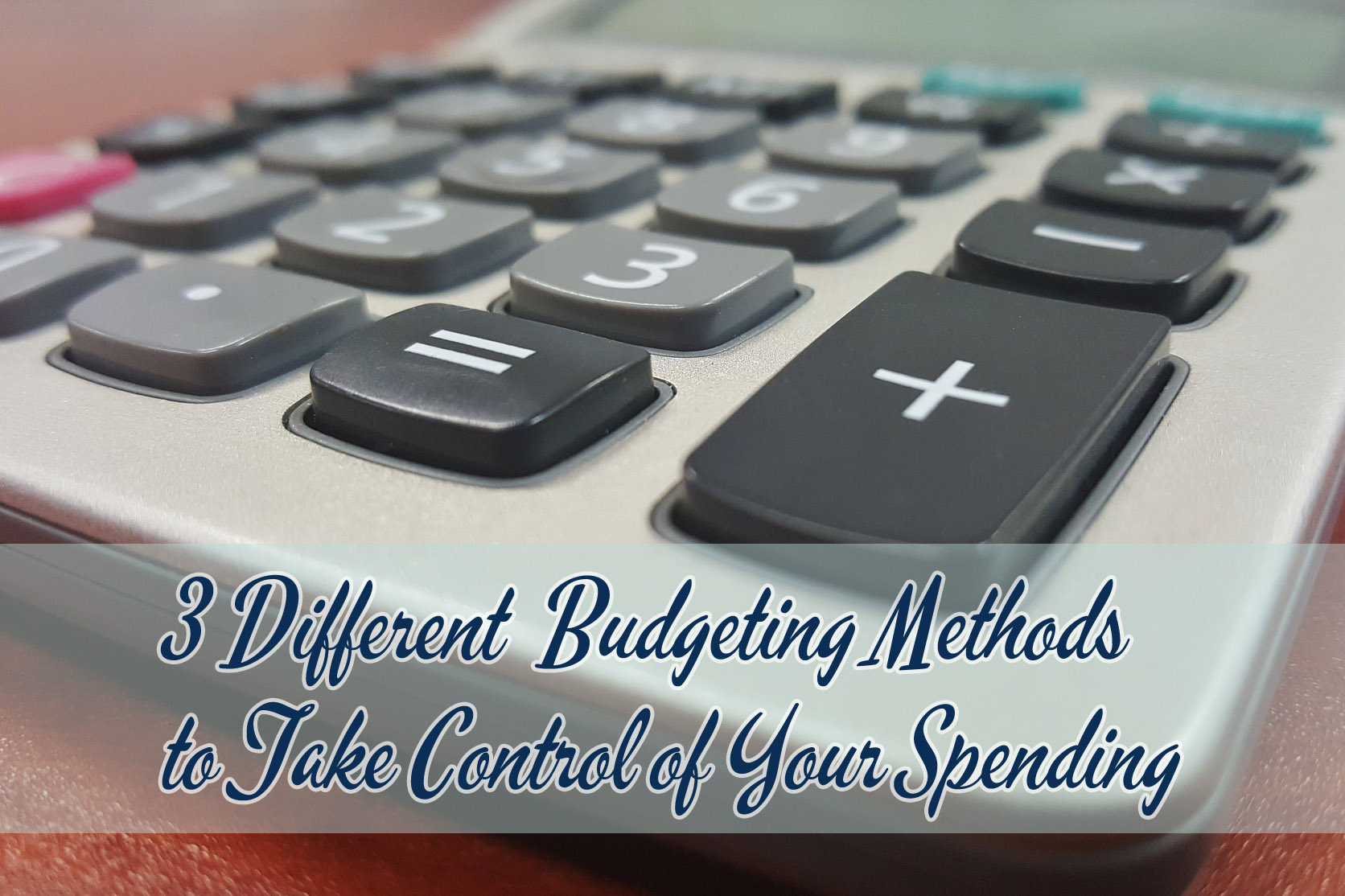Budgeting is the first and most important step for saving money, paying down debt, getting control of your finances, and working towards frugality. While we’ve talked about budgeting in the past, I’ll be the first to admit that it’s not easy for everyone.
So, if you’re one of the many who has tried to budget before and just couldn’t stick with it or couldn’t make it work, here are three different methods to try:
1. Line Item Budget
This is the traditional kind of budget where you have multiple categories and you write down your expenses in each and then reconcile that with your income. Read more about this kind of budget here.
This budget is good if you don’t really know how much you’re spending in each area and need to get things under control.
This budget is bad if you’re not really a detail kind of person, or if you aren’t willing to spend time tracking every receipt and every payment. This is an all-or-nothing kind of budget, and if you’re going to be missing pieces, then it’s worthless.
2. Envelope Budget
This budget focuses on using cash to pay for things, and involves creating a series of envelopes (usually organized in a binder) where you place the money to pay for each expense in the envelope each month. Then, when it comes time to pay, you have the money set aside.
This budget is good if you’re one of those people whose money burns a hole in their pocket. By removing the cash and placing it somewhere (in an envelope) you’re guaranteeing that you’re only spending what you have and essentially forcing yourself to budget.
This budget is bad if you don’t pay for everything via cash. You could probably do a hybrid where you only pay something (like rent) via a debit card, but it sort of undermines the budget if it’s more than one thing.
3. Savings First Budget
Also called the “Pay Yourself First Budget” this budget requires you to automatically take out whatever amount you want to save before you spend anything at all—including bills. Set it aside in a separate account, and then use the rest.
This budget is good if you are paying your bills just fine, but can’t seem to find that little extra to save. It’s meant for people whose extra money burns a hole in their pocket.
This budget is bad if you are still juggling to make ends meet and have to routinely shuffle things around or pull from savings to pay bills. It’s easy to get discouraged if you can’t do the savings first, and you’ll fall off the wagon pretty quick. Try one of the other methods instead or reduce spending.





